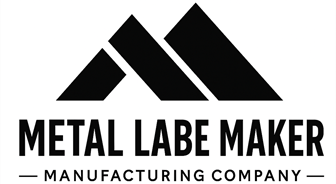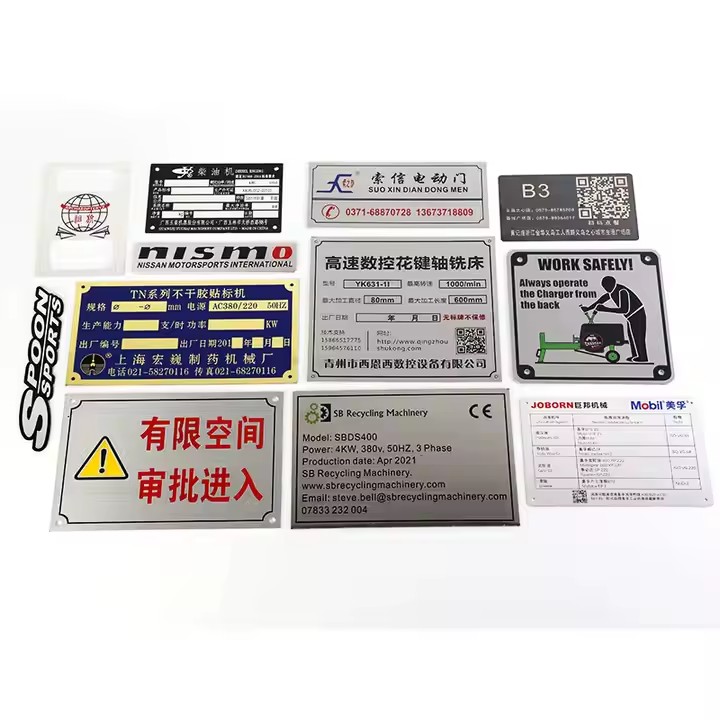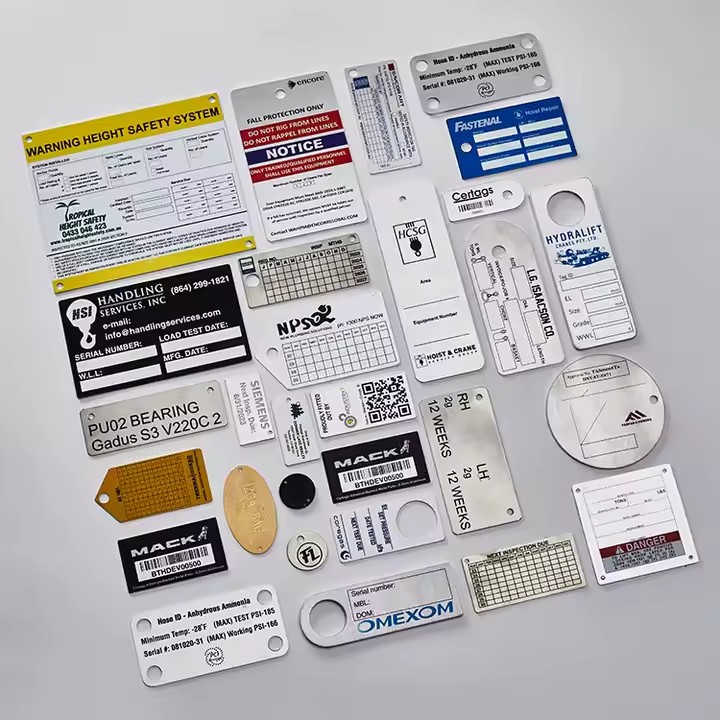Cleaning Methods and Precautions for Stainless Steel Labels
Stainless steel labels are known for their excellent resistance to corrosion, heat, and abrasion. However, to keep them looking professional and performing reliably, proper cleaning is essential—especially in industrial, marine, or outdoor environments.
This guide outlines the recommended cleaning techniques, approved cleaners, and key precautions to help you maintain the integrity, legibility, and longevity of your stainless steel labels.
1. Why Proper Cleaning Matters
Over time, even stainless steel can accumulate:
-
Dust, grease, or fingerprint marks
-
Water stains or mineral deposits
-
Chemical residues from harsh environments
-
Surface oxidation or light rust in corrosive areas
Without proper maintenance, these issues can:
-
Affect label legibility
-
Reduce aesthetic appeal
-
Accelerate surface damage or corrosion
2. Recommended Cleaning Methods
🧼 Routine Cleaning (Light Dirt or Smudges)
Method:
-
Use a soft, non-abrasive cloth or microfiber towel
-
Mix mild soap or neutral detergent with warm water
-
Wipe gently in the direction of the grain (if applicable)
-
Rinse thoroughly with clean water
-
Dry immediately to avoid water spots
Best for: Indoor labels or surfaces with light contamination.
🧽 Moderate Cleaning (Oil, Grease, Fingerprints)
Method:
-
Use a commercial stainless steel cleaner or glass cleaner with alcohol
-
Apply with a soft cloth
-
Let sit for a few seconds before wiping clean
-
Rinse if necessary and dry thoroughly
Tip: Avoid spraying directly on the label if it’s attached to electronic or sensitive equipment.
🧪 Deep Cleaning (Rust Spots, Heavy Contamination)
Method:
-
Use a non-chloride stainless steel cleaner or a paste made of baking soda and water
-
Apply with a soft sponge or plastic scrub pad
-
Gently rub affected area in circular motion
-
Rinse thoroughly and dry
Caution: Always spot-test in a small area before applying to the entire label.
3. Cleaning Tools: What to Use and Avoid
✅ Safe to Use:
-
Soft microfiber cloths
-
Non-abrasive sponges
-
Nylon or plastic scrub pads
-
Mild detergent or dish soap
-
Stainless steel-safe commercial cleaners
-
Isopropyl alcohol (for degreasing)
❌ Avoid:
-
Steel wool or wire brushes (can scratch and cause rust)
-
Abrasive powders or scouring pads
-
Cleaners with chlorine, bleach, or hydrochloric acid
-
Harsh chemical solvents (unless specified as safe for stainless steel)
4. Special Considerations by Environment
🔧 Industrial Environments:
-
Clean more frequently due to exposure to oils, solvents, and dust
-
Use protective coatings or finishes if heavy chemicals are involved
🌊 Marine or Outdoor Areas:
-
Rinse labels with fresh water regularly to remove salt buildup
-
Use 316 stainless steel if corrosion is persistent
🧼 Food or Medical Facilities:
-
Use food-safe, non-toxic cleaners
-
Follow any regulatory cleaning protocols
5. Precautions to Maximize Lifespan
-
Always rinse thoroughly after using any cleaner
-
Dry completely to prevent water spotting or staining
-
Avoid aggressive scrubbing, even if stains seem stubborn
-
Clean along the grain, not against it, to preserve surface finish
-
If labels include barcodes, QR codes, or laser etching, avoid any cleaning method that might wear down fine details
6. Maintenance Frequency Recommendations
| Environment | Suggested Cleaning Interval |
|---|---|
| Indoor, low-traffic | Every 1–2 months |
| Industrial use | Bi-weekly or weekly |
| Marine/outdoor use | Weekly or after heavy exposure |
| Food/medical use | Daily or per sanitation schedule |
Conclusion
Proper cleaning not only keeps your stainless steel labels looking sharp and professional, but it also helps maintain legibility, corrosion resistance, and performance over time. By using the correct cleaning methods and avoiding damaging practices, you can ensure your labels remain reliable in any environment—from cleanrooms to construction sites.
When in doubt, always refer to your label supplier’s care guidelines, and choose stainless steel grades and finishes that match your specific use case.







